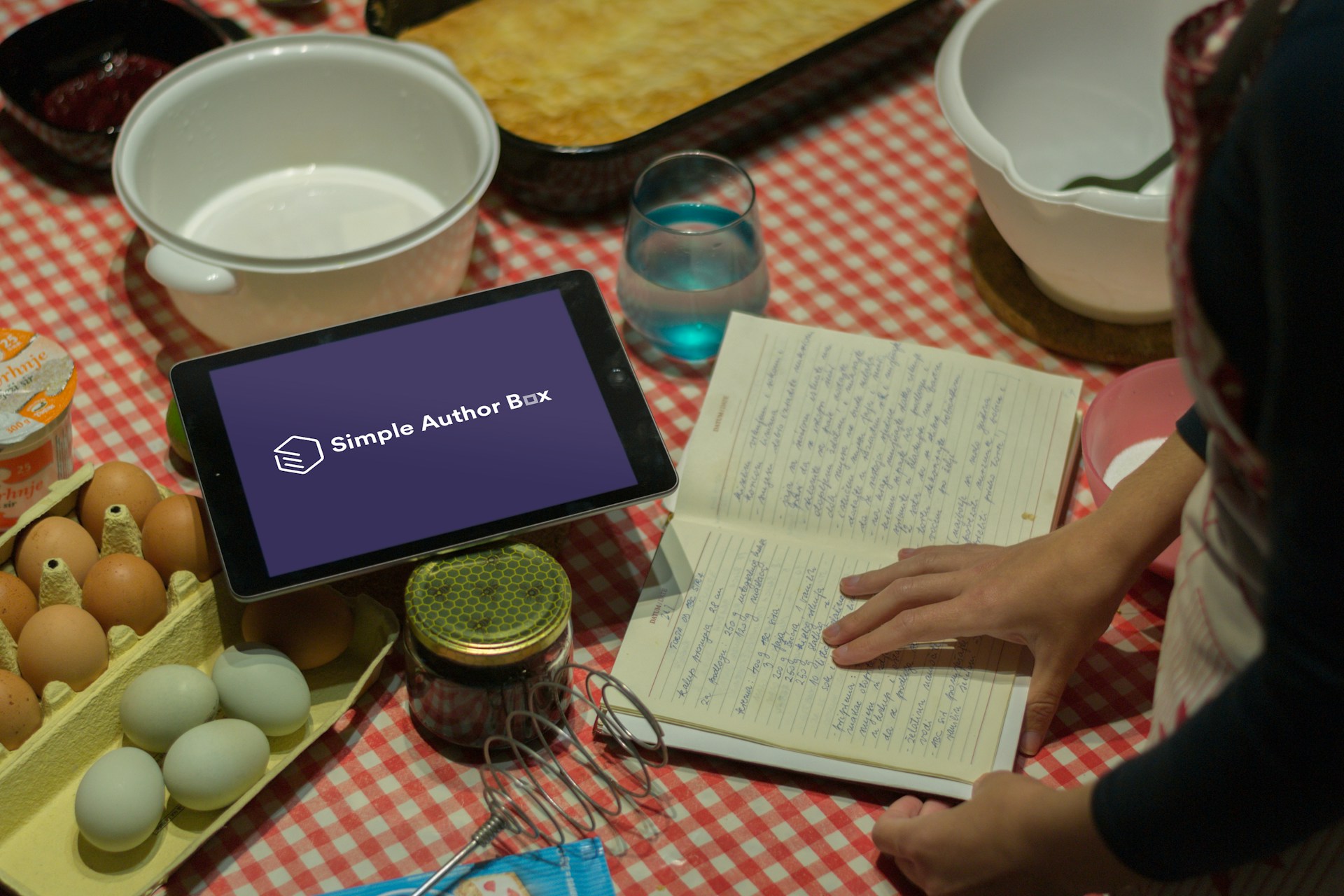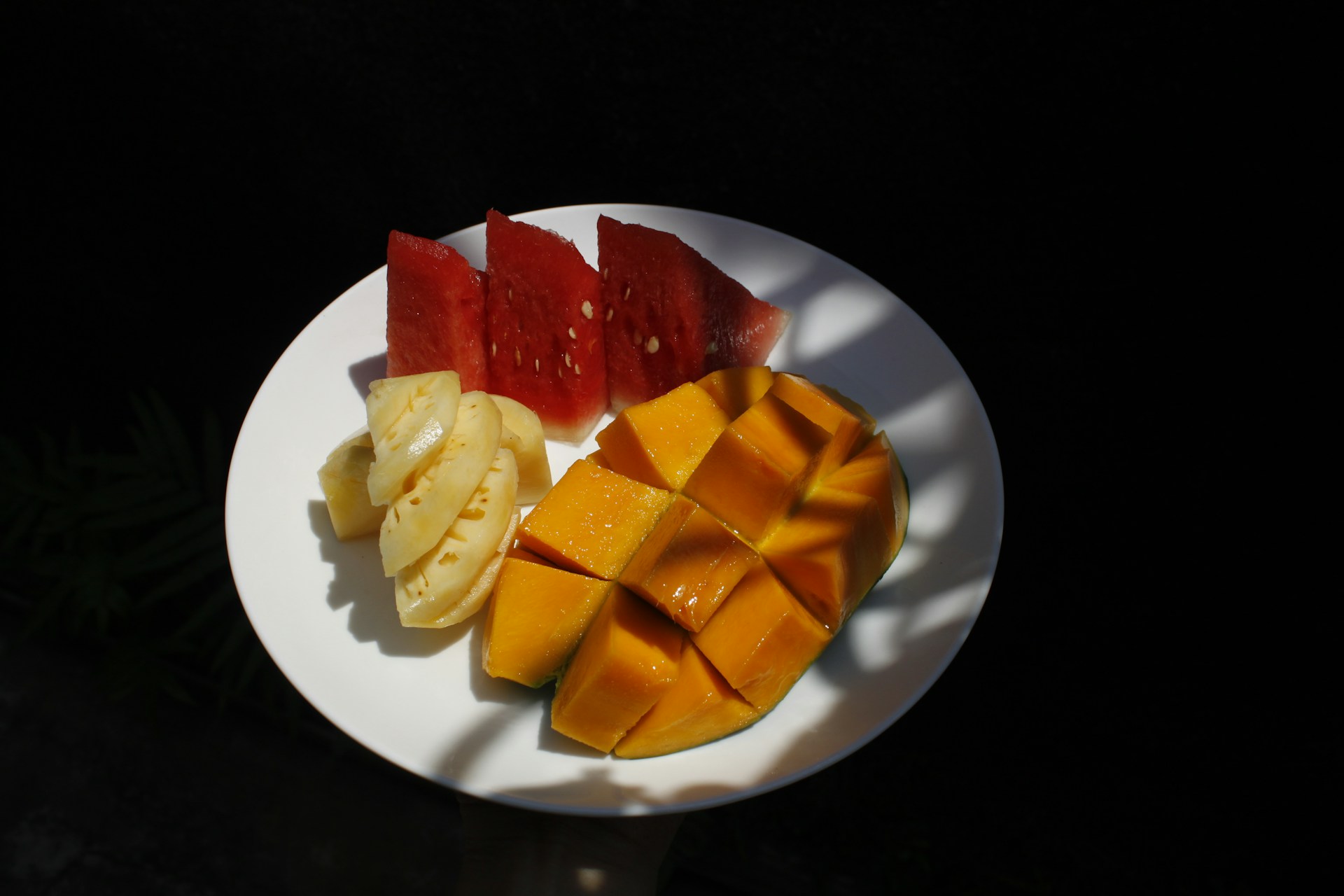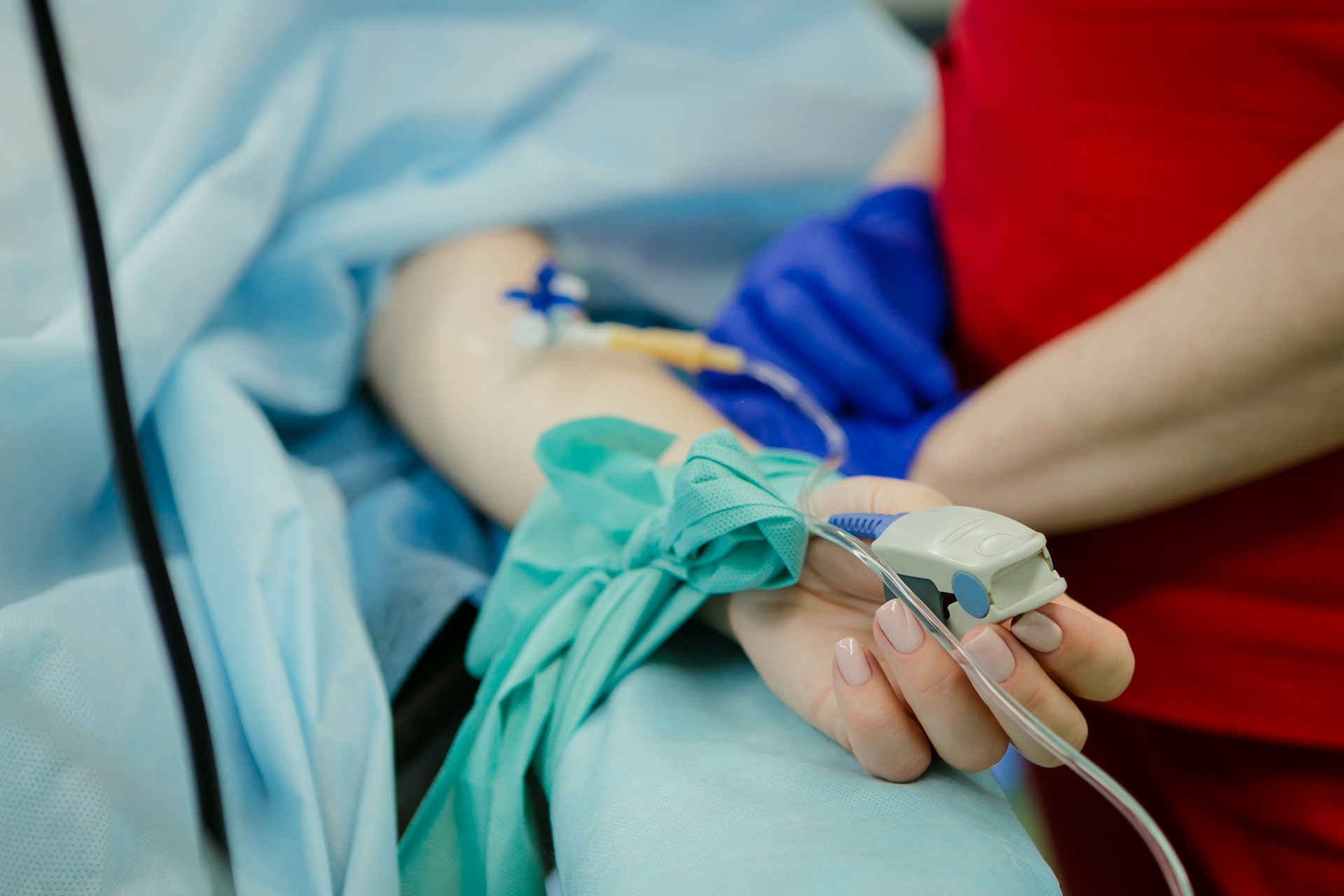Acceptance of Iron Supplementation Program among Adolescent Girls in Indonesia: A Literature Review
Penerimaan Program Tablet Tambah Darah pada Remaja Putri di Indonesia: Studi Literatur

Background: Anemia poses a significant challenge to the health and productivity of adolescent girls. This has prompted the Indonesian government to initiate a program to distribute iron and folic acid (IFA) supplements. Therefore, it is necessary to address the level of acceptance of or compliance with IFA supplementation among adolescent girls.
Objectives: This study aims to assess the acceptance level of the program among adolescent girls in Indonesia.
Methods: A PRISMA-guided literature search was conducted in the NCBI, PubMed, Scopus, ScienceDirect, and Garuda databases for experimental or observational research published in Scopus-indexed journals from Q1 to Q4 or in Sinta 1 to Sinta 3 from 2013 to 2023.
Discussion: Eight studies conducted in five provinces in Indonesia showed that the coverage of IFA supplement distribution programs was less than 50%, with acceptance levels between 0% and 25.2% according to the Indonesian standard. The majority of IFA supplement distribution programs were not implemented in accordance with the standard. In addition, the supplements were not consistently provided every week, nor were they taken immediately at school. Factors that influence the consumption of IFA supplements among adolescent girls included knowledge, motivation, self-efficacy, attitude, parental influence, peer pressure, school policies and commitments, and the IFA supplements provided. Positive factors encouraged consumption, while negative factors discouraged consumption.
Conclusions: The acceptance level of the IFA supplement distribution program remains low. To improve this, it is essential to increase the knowledge of adolescent girls and their parents about anemia, including its definition, causes, side effects, and symptoms, as well as the benefits and risks of not taking IFA supplements. Other necessary measures include improving the distribution system and providing supporting facilities.
World Health Organization. WHO Global Anaemia estimates, 2021 Edition. https://www.who.int/data/gho/data/themes/topics/anaemia_in_women_and_children (2021).
World Health Organization. Global Nutrition Targets 2025: Anemia Policy Brief. https://www.who.int/nutrition/publication/globaltargets2025_policybrief_anemia/en/ (2014).
Sari, P., Herawati, D. M. D., Dhamayanti, M. & Hilmanto, D. Anemia among Adolescent Girls in West Java, Indonesia: Related Factors and Consequences on the Quality of Life. Nutrients 14, (2022).
Cappellini, M. D. & Motta, I. Anemia in Clinical Practice-Definition and Classification: Does Hemoglobin Change With Aging? Seminars in Hematology vol. 52 261–269 Preprint at https://doi.org/10.1053/j.seminhematol.2015.07.006 (2015).
Bhadra, P. & Deb, A. A review on nutritional anemia. Indian Journal of Natural Sciences 10, 18466–18474 (2020).
Kementerian Kesehatan Republik Indonesia. Pedoman Pencegahan dan Penanggulangan Anemia pada Remaja Putri dan Wanita Usia Subur (WUS). (2018).
World Health Organization. Programming for adolescent health and development. WHO Tech. (1996).
Chandrakumari, A., Sinha, P., Singaravelu, S. & Jaikumar, S. Prevalence of anemia among adolescent girls in a rural area of Tamil Nadu, India. J Family Med Prim Care 8, 1414 (2019).
Sekartini, R. et al. Iron-Deficiency Anemia: Indonesia's Striving. Asia Pacific Journal of Pediatrics and Child Health 5, (2022).
Apriningsih, Madanijah, S., Dwiriani, C. M. & Kolopaking, R. Determinant of Highschool Girl Adolescent'Adherence to Consume Iron Folic Acid Supplementation in Kota Depok. J Nutr Sci Vitaminol 66, 369–375 (2020).
Oddo, V. M. et al. Evidence-Based Nutrition Interventions Improved Adolescents' Knowledge and Behaviors in Indonesia. Nutrients 14, (2022).
Nurjanah, A., Azinar, M., Ilmu Kesehatan Masyarakat, J., Ilmu Keolahragaan, F. & Negeri Semarang, U. Kepatuhan Konsumsi Tablet Tambah Darah pada Sekolah Percontohan Kesehatan Reproduksi dan Seksualitas. Hygeia Journal of Public Health Research and Development 7, (2023).
Alfiah, E. et al. Coverage and Adherence of Weekly Iron Folic Acid Supplementation among School Going Adolescent Girls in Indonesia. J Nutr Sci Vitaminol 66, 118–121 (2020).
Seminar, A. U. et al. Awareness about Anaemia and Weekly Iron-Folic Acid Supplementation (WIFAS) among School-Going Adolescent Girls and Parents in East Java and East Nusa Tenggara, Indonesia. J Nutr Sci Vitaminol 66, 111–117 (2020).
Silitonga, H. T. H., Salim, L. A., Nurmala, I., Hargono, R. & Purwandini, S. Knowledge, attitude, intention, and program
implementation of iron supplementation among adolescent girls in Sidoarjo, Indonesia. J Public Health Afr 14, (2023).
Silitonga, H. T. H., Salim, L. A., Nurmala, I., Wartiningsih, M. & Raga, A. D. The association between social support with compliance of IFA supplement intake among adolescent girls in Sidoarjo, Indonesia. Nutr Health 0, 1–8 (2023).
Silitonga, H. T. H. et al. The role of social support and interpersonal trust to improve compliance of iron supplementation amongst adolescent girls: A qualitative approach. Niger Postgrad Med J 30, 75–80 (2023).
Thifal, F. et al. Factors related to the compliance to consuming iron-folic acid in young women in East Kalimantan, Indonesia. AcTion: Aceh Nutrition Journal 8, 260–269 (2023).
Nugraheni, A. N., Latifah, E. & Wijayatri, R. Influence of Knowledge Level about Anemia and Menstrual Patterns on Adherence to Consumption Iron Supplement in Adolescents at A Public Senior High School in Magelang. Jurnal Farmasi Indonesia 20, 68–77 (2023).
Lestar, C. R. & Nurjanah, S. Relationship of Adherence to Fe Tablet Consumption in Young Women. Asian Journal of Healthy and Science 2, 240–246 (2023).
Ansari, M. R. et al. The acceptability of weekly iron-folic acid supplementation and its influencing factors among adolescent school girls in Yogyakarta city: a mix-methods study. Malays J Nutr 27, 53–66 (2021).
Anisa, I. N., Widyaningsih, E. B. & Wahyuni, I. S. Faktor yang Berhubungan dengan Konsumsi Tablet Fe saat Menstruasi pada Remaja Putri. Indonesian Journal of Midwifery Scientific 1, 7–12 (2022).
Lismiana, H. & Indarjo, S. Pengetahuan dan Persepsi Remaja Putri Terhadap Kepatuhan Konsumsi Tablet Tambah Darah. Indonesian Journal of Public Health and Nutrition 1, (2021).
Prabandari, Y. S., Padmawati, R. S., Supriyati, Hasanbasri, M. & Dewi, F. S. T. Ilmu Sosial Perilaku untuk Kesehatan Masyarakat. (Gadjah Mada Press, 2022).
Munira, L. Knowledge and attitude on practice of iron deficiency anemia prevention among high school female students in Banjarmasin City, Indonesia: a mixed method study. Chulalongkorn University (Chulalongkorn University, 2019).
Rakanita, Y. et al. Adherence Does Not Guarantee the Outcome of Iron Supplementation for Reproductive-Age Women With Anemia in West Papua Province, Indonesia: A Quasi-experimental Study. International Journal of Women's Health and Reproduction Sciences 11, 3–10 (2023).
Fitriana, F. & Pramardika, D. D. Evaluasi Program Tablet Tambah Darah pada Remaja Putri. The Indonesian Journal of Health Promotion 2, 200–207 (2019).
Nadiyah, Dewanti, L. P., Mulyani, E. Y. & Jus'at, I. Nutritional anemia: Limitations and consequences of Indonesian intervention policy restricted to iron and folic acid. Asia Pac J Clin Nutr 29, 55–73 (2020).
Srivastava, R. et al. Effect of iron and folic acid tablet versus capsule formulation on treatment compliance and iron status among pregnant women: A randomized controlled trial. J Family Med Prim Care 8, 378 (2019).
Copyright (c) 2024 Amerta Nutrition

This work is licensed under a Creative Commons Attribution-ShareAlike 4.0 International License.
AMERTA NUTR by Unair is licensed under a Creative Commons Attribution-ShareAlike 4.0 International License.
1. The journal allows the author to hold the copyright of the article without restrictions.
2. The journal allows the author(s) to retain publishing rights without restrictions
3. The legal formal aspect of journal publication accessibility refers to Creative Commons Attribution Share-Alike (CC BY-SA).
4. The Creative Commons Attribution Share-Alike (CC BY-SA) license allows re-distribution and re-use of a licensed work on the conditions that the creator is appropriately credited and that any derivative work is made available under "the same, similar or a compatible license”. Other than the conditions mentioned above, the editorial board is not responsible for copyright violation.












































